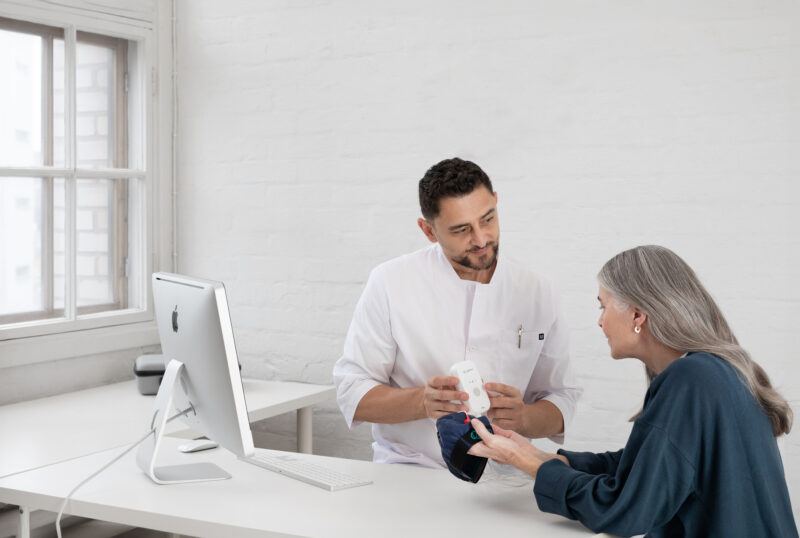Combatting depression during and after a global pandemic

It’s time to stop losing lives to depression.
Currently, the world is battling an ongoing virus pandemic. Alongside this health crisis, a mental health crisis has been developing. Depression is already a leading health issue worldwide, and history shows that after infection outbreaks, depression rates tend to rise steeply. As people face loneliness, anxiety about the future, and stress from loss of livelihood or loved ones, they become more susceptible to poor mental health.
The share of people with depression in a population varies across different countries, but usually lands somewhere between 2-6%. The more severe the symptoms, the more depression interferes with the person’s ability to work, ability to keep relationships, physical health, and quality of life. In the most severe cases, depression can lead to suicide. While depression is recognised as a major global health concern, far from everyone who needs help is receiving it. The key problem is a major lack of resources in healthcare. There are not enough psychiatrists available to tend to everyone who needs help, and less than half of the people who actively seek help (less 10% in some countries) are able to receive it. The World Health Organisation estimates that 75% of sufferers of severe depression do not receive adequate help (WHO, 2017), and in Europe, it is estimated that there is only 1 psychiatrist per 430 patients*.
Sooma is Finnish medical technology company that has developed a neuromodulation therapy to treat depression. By using a therapy solution that addresses the key bottleneck in getting people the help that they need (lack of resources), Sooma aims to make depression treatment accessible to more patients.
*Europe has 10 psychiatrists/100 000 people (Psychiatric Times, 2015), and 4.3% of the population suffers from depression (WHO, 2017), resulting in 1 psychiatrist/430 people with depression.
How is depression treated?
Currently, there are a number of ways used to treat depression. The most common ones consist of antidepressant pharmaceuticals, psychotherapy, and neuromodulation.
Antidepressant pharmaceuticals aim to correct chemical imbalances in the brain that cause depression. Antidepressants are not suitable for everyone, and many patients are seeking alternative treatments. 30% of patients refuse antidepressant medication due to side effects. Out of the 70% that go ahead and use antidepressants, 57% do not get any effect (NIMH, 2006).
Psychotherapy is talking therapy based on human interaction and psychological tools that encourage changes in behavioural patterns. The patient is typically prescribed the treatment for 1-5 years, and as treatment response is estimated to be slow, it is not suitable as a monotherapy in severe depression. Psychotherapy is very resource-heavy, and so in Western countries, only 5 out of 100 people receiving medication also receive psychotherapy (Official Statistics of Finland, 2016).
Neuromodulation refers to techniques like Electroconvulsive therapy (ECT), Transcranial magnetic stimulation (TMS), and Transcranial direct current stimulation (TDCS). These brain stimulation techniques aim to restore balance in the brain through electricity. ECT uses a strong electrical current to induce a seizure and is given by a clinican under complete anaesthesia. ECT can give fast results, but can also have serious side effects and is therefore given primarily in severe cases of psychotic and suicidal depression. TMS uses magnetic fields to stimulate the brain and requires 20-30 sessions. The sessions must be conducted at a hospital under the supervision of a clinician due to a risk of inducing seizures. TDCS is the neuromodulation technique used by Sooma (see Sooma Depression Therapy below).
Sooma Depression Therapy
Sooma has been working closely with leading neuromodulation experts to develop a treatment solution for depression: Sooma Depression Therapy. The therapy uses Transcranial direct current stimulation (TDCS). TDCS uses a weak electric current, delivered to the brain from a small, portable device. In depression, the left Dorsolateral Prefrontal Cortex (DLPFC) is less active than normal, and the right DLPFC is more active than normal. TDCS uses two electrodes to deliver stimulation from the TDCS device: excitatory stimulation is applied over the left DLPFC and inhibitory stimulation is applied over the right DLPFC. The aim is to restore a healthy balance in the brain.
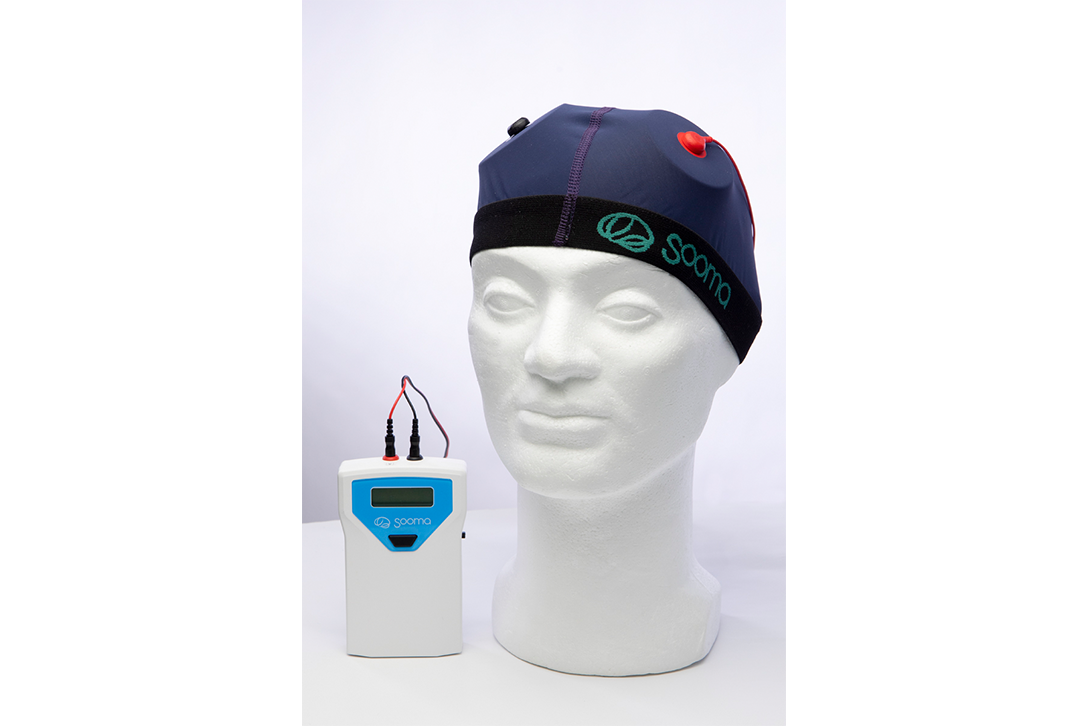
Sooma Depression Therapy uses 2mA current strength delivered from our Sooma tDCS stimulator. Patients receive 10-20 treatment sessions over the course of 2-4 weeks. The two electrodes that provide excitatory and inhibitory stimulation are fastened and held securely in place by a headcap. Both the electrodes (Sooma ComfoTrodes) and the pads forming a conductive layer between the electrode and the scalp (Sooma ComfoPads) are patented state-of-the-art solutions.
Research has confirmed TDCS to be an effective treatment for depression (Razza et al 2020, Fregni et al 2020). As for Sooma Depression Therapy, Sooma’s own real-world outcomes has showed effective results. The latest outcomes (Sooma, 2019) were based on 302 patients, and showed a 61% response rate, and 20% remission rate. Additionally, they showed that in a total of 4022 treatment sessions, there were no serious adverse effects.
In Sooma’s real-world outcomes, there were visible improvements in the majority of the patients. In just 3 weeks of Sooma therapy, the proportion of patients with moderate to severe depression, indicating loss of function and serious work impairment, fell from 92% to 19%. To be able to move away from severe depression is incredibly important – once the patient is able to function again and believes in their own recovery, other depression treatments (such as antidepressants and psychotherapy) will also start to work more effectively.
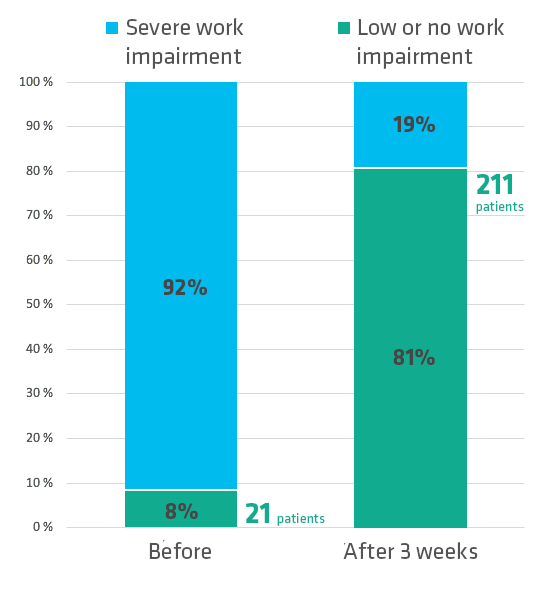
Sooma Online
To address the world’s unmet need for more accessible depression treatment, we need new effective tools that are scalable without requiring more resources. With its efficacy, complete safety, and easy preparation and use, Sooma Depression Therapy is not only suitable for, but deliberately designed, for home-based treatment. The first treatment session is given by a healthcare professional, but after that, the equipment is loaned to the patient who continues the rest of the treatment course at home.
With home-based treatment, patient progress and compliance can be monitored with Sooma Online. Sooma Online is a platform that allows clinicians to monitor that patients are complying with their treatment plan, to follow their progress, and to make adjustments in the treatment plan based on the patient’s progress. By enabling remote monitoring, Sooma therapy enables safe home-based depression treatment that frees up hospital resources (personnel time).
What are the key advantages of Sooma therapy?
> Better and faster treatment results
As stated above, Sooma’s real-life outcomes have showed that Sooma Depression Therapy significantly improves the condition for the majority of the patients in just three weeks of treatment.
> Treat more patients with less resources
With a faster response time, more patients get into remission at a quicker rate, leaving room for the next patient awaiting treatment. With home-based treatment, we estimate that Sooma therapies can save up to 90% of personnel time in clinics due to lack of visits needed and the minimal supervision required through Sooma Online during the treatment course.
> Cost-effective
Sooma therapies are cost-effective. The equipment is low cost relative to other treatments (e.g. TMS, ECT), and saves 90% of personnel time relative to other methods (e.g. psychotherapy, TMS) as it is home-based and requires minimal supervision and personnel hours.
> Easy to adopt
The low cost of the equipment equals a low initial investment when adopting the treatment at clinics and hospitals. User-training for healthcare professionals is a quick and easy process.
What are the key benefits of Sooma therapy?
For clinicians:
- Enables home-based, self-administered therapy that is remotely monitored and managed
- Safe and well tolerated by patients
- Cost-effectiveness through reduced patient visits and low-cost equipment
- Radical improvement in treatment outcomes
For patients:
- Medication-free alternative from the first day of treatment
- Treatments can be done from the comfort of the patient’s own home and schedule
- Safe, effective and affordable treatment
- Easy to follow, visual healing progress with a medical professional’s support at hand when needed
Latest news
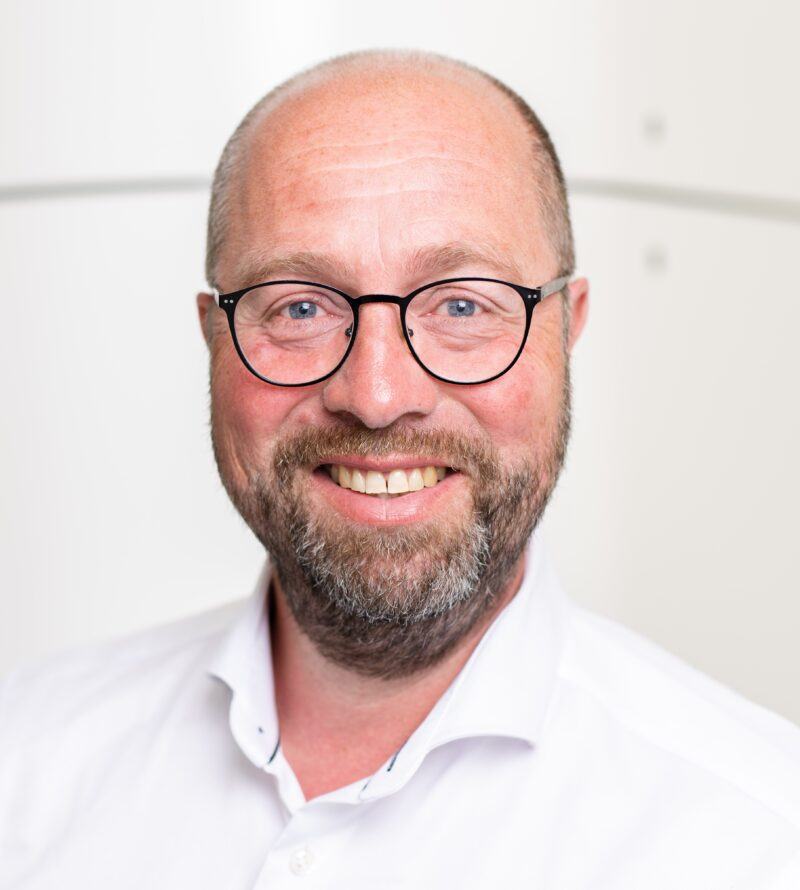
Sooma Announces Medical Technology Expert Andreas Hartlep as New CEO
Read more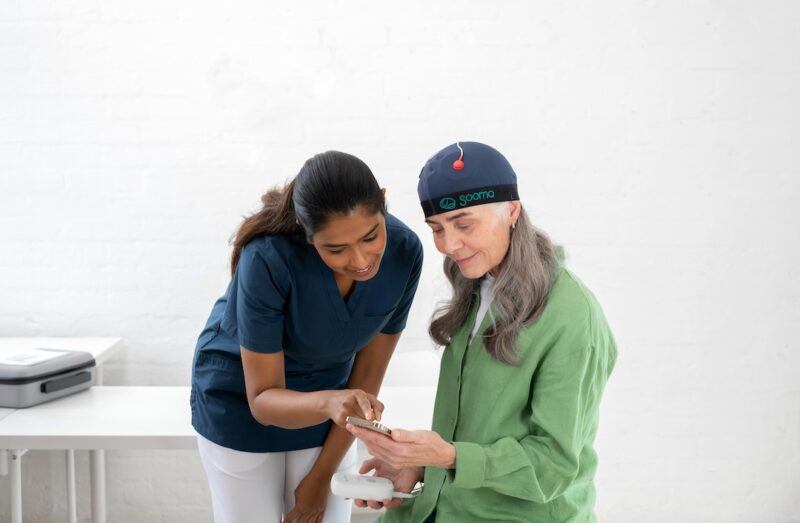
TGA approves Sooma’s at-home brain stimulation for depression in Australia
Read more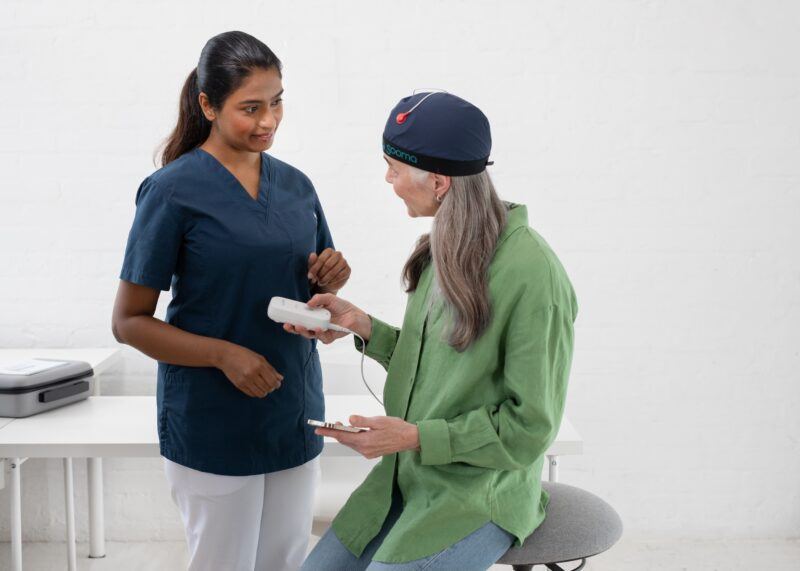
Sooma Medical Announces Pivotal FDA IDE Clinical Trial for At-Home Brain Stimulation Device for Depression Treatment
Read more